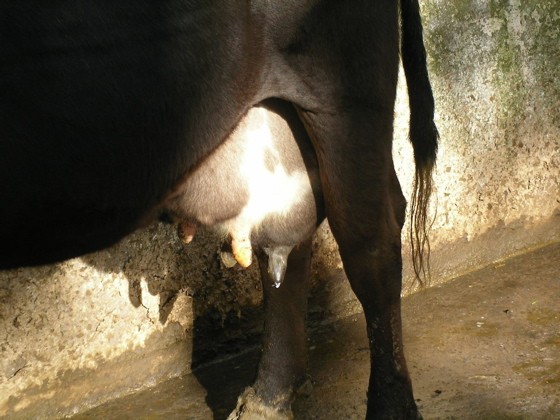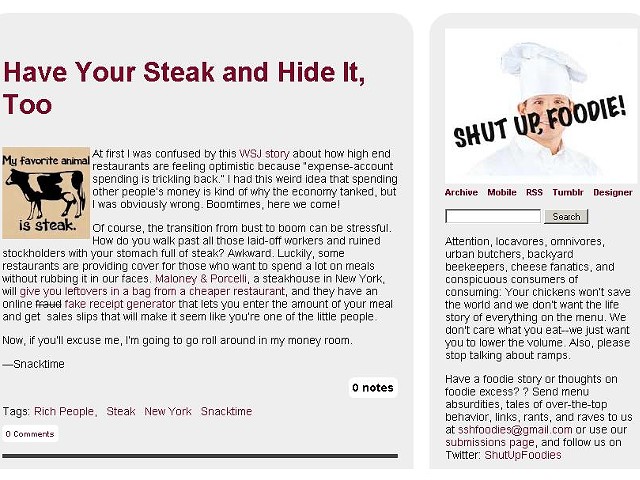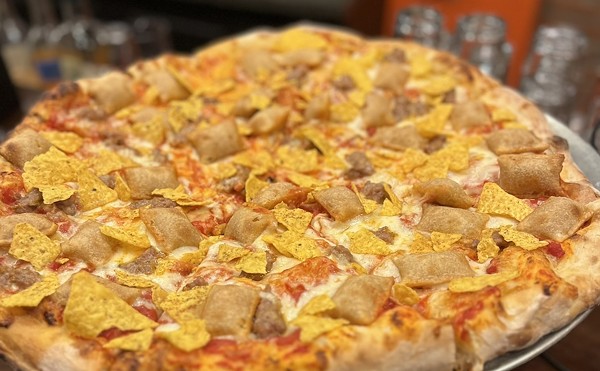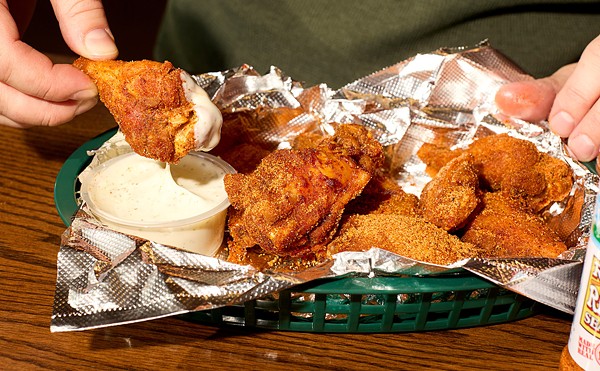Do you think all of your cheeses come from the same farm? Think again. Your refrigerator might be a veritable United States of Dairy. Until recently you had to trust that the address on the label of that sour cream corresponded to a facility near the point of purchase.
Enter Trevor Fitzgerald, a senior studying Information Systems at Brigham Young University in Provo, Utah.
Back in January a friend forwarded a digital copy of the Interstate Milk Shippers List, an imposing 200-plus-page document published by the Food and Drug Administration. The list provides codes for every dairy facility authorized by their home states to produce dairy for shipment across state lines, the only commerce the federal government can regulate.
The numerical code appears next to the sell-by date, which serves to identify the processing plant where that dairy product was packaged. The first two digits correspond to the state (Missouri is 29, Illinois is 17), and the next two or three digits refer to the specific processing facility.
"Out of curiosity I tried to figure out where my milk came from," Fitzgerald tells Gut Check. "It's kind of a pain to go through -- there's a lot of 'technical dairy' stuff that I had to filter out before I could see where the milk in my fridge was from. Intrigued by the idea, I thought, 'I could simplify this information, and make it searchable and accessible.'"
And voilà, www.whereismymilkfrom.com was born.
The site features a simple interface: Plug in the four- or five-digit code from a label and receive a Google map with a pin marking the last place your yogurt visited in the processing chain.
Gut Check experimented with a container of Schnucks Low-Fat Sour Cream and discovered that it came from the Prairie Farms Dairy in Collinsville, Illinois -- the same place Prairie Farms-brand products come from.
Fitzgerald has noted that many pricier brands employ the same plants as generics.
At this point, these dairy labels are voluntary. That means not every dairy product will have a code. But if food-safety measures are tightened as consumer advocates hope they will be, the voluntary measure is likely to become mandatory, which will make contamination outbreaks easier to track to particular processors.
In the meantime whereismymilkfrom.com is developing a following.
Reports Fitzgerald: "Farmers like it because it brings attention back to their dairies and encourages people to care about where their milk comes from."






